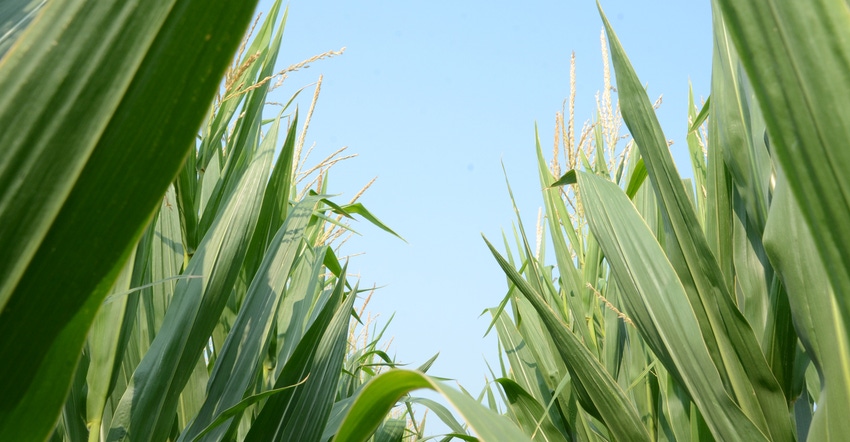
In my first column, I discussed the concept of carbon sequestration, the role of agriculture as a potential solution for climate change, the emerging carbon credit market, and the potential opportunities and challenges for developing a robust mechanism and a scientifically sound approach.
Here, we will focus on climate-smart agriculture practices as an essential tool for achieving net-zero emissions, various ecosystem services and soil health for effective carbon capture (carbon offset).
Related: Making sense of the ‘gold rush’ of carbon
Carbon sequestration removes carbon dioxide from the atmosphere through photosynthesis and secures storage in plants and soil systems. However, its efficiency depends on the permanency and effectiveness of CSA practices, such as no-till, cover crops, perennial strips, crop rotation, livestock integration and the long-term commitment to such systems.
In regards to the challenges of climate change, it is imperative to rethink our cropping systems for the following reasons:
ensure our ag systems can withstand climate variabilities (extreme drought and wet events)
develop a resilient soil system capable of supporting healthy food and fiber production
mitigate climate change
produce quality carbon credits to add value to the farm and moderate economic swings in commodity prices
The goal of adopting these CSA practices is to transform agriculture systems in the long term. Research has shown that implementation of CSA practices is economically beneficial, especially during challenging weather conditions, such as extreme drought, where yield can decline.
For example, corn production declined by over 46% as compared to 23% with no-till during the 2012 drought in Iowa. Also, implementing no-till in long-term studies led to the reduction in input costs by $25 to $30 per acre compared to conventional tillage.
In addition to the productivity and economic benefits, the other tangible value to soil health and climate change mitigation is that no-till sequestered 0.3 to 0.4 ton of carbon per acre yearly, while conventional tillage lost close to that amount per year in 14 years of study in Iowa.
No-till is an effective practice in soil carbon sequestration because:
It eliminates soil disturbance, which is the main mechanism for soil carbon loss that causes carbon oxidation and release as CO2.
Residue cover with no-till protects the soil surface and reduces soil temperature that is essential to the stability and accumulation of soil carbon.
Don’t underestimate crop residue
Crop residue is essential to soil carbon accumulation and protection. Even though the carbon contribution to the soil pool is small, given a large amount of residue, a lot of that carbon will be lost as CO2 during its breakdown in the field.
These soil health, productivity and climate benefits with CSA are not mutually exclusive and are essential to an effective agriculture system that plays a major role in climate solutions, net-zero emissions and food security.
However, the challenge, as I mentioned earlier, is to have a long-term commitment to CSA practices to utilize the soil system as a great sink for atmospheric CO2, where the global soil carbon pool size is two times the size of the global biotic carbon pool and three times the size of the global atmospheric carbon pool.
That long-term commitment is a critical component to achieving a successful carbon market characterized by stability and predictability for both seller and buyer. In addition, it is equally important for enhancing soil health, as soil carbon is the central property in achieving healthy soil.
Therefore, to achieve a stable agriculture system, some policy considerations and programs need to be implemented in future farm bills to provide a long-term vision and a road map for a resilient agriculture system. These considerations may include:
incentives to farmers and early adopters
uniform standard for effective carbon counting
support for connection among soil health, productivity and climate mitigation in the marketplace
performance-based outcomes
innovations in monitoring, reporting and verifying soil carbon change
support for a nonprofit agriculture and ag industry collaboration model to rethink current ag systems
Al-Kaisi is a professor emeritus of soil physics at Iowa State University, Ames.
About the Author(s)
You May Also Like






